5 Ways Technology is Effectively Shaping the Future of Interior Design
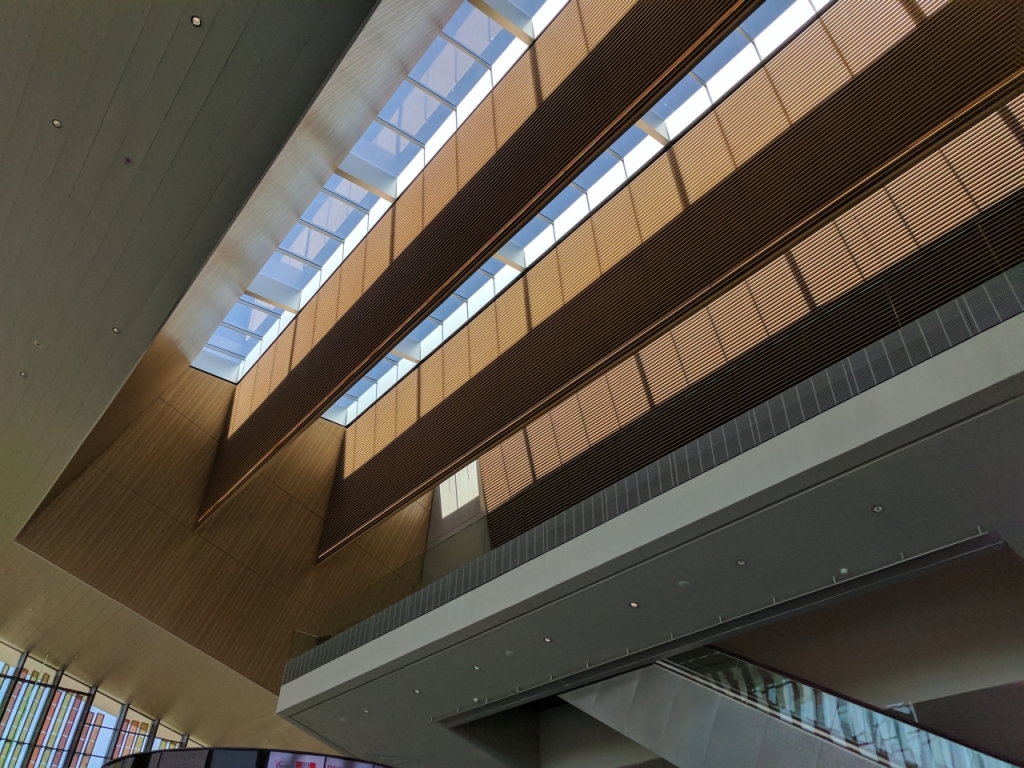
Technology is rapidly transforming every industry in the world, and the interior design sector is not one to cling to outdated processes. Quite the contrary, with the increasing integration of BIM software to boost every aspect of the design and planning phases, integrate eco-friendly and sustainable solutions, and improve the design process across the board, it’s safe to say that interior design is one of the industries that champions the implantation of tech-driven solutions.
However, there are other complementary tech solutions to BIM that truly take interior design into the 21st century, and help all parties involved in the project to create a design that is affordable, efficient, aesthetically-driven, and rich with functional features to improve the customer’s quality of life. Here are the five ways that technology is shaping the future of the interior design industry.
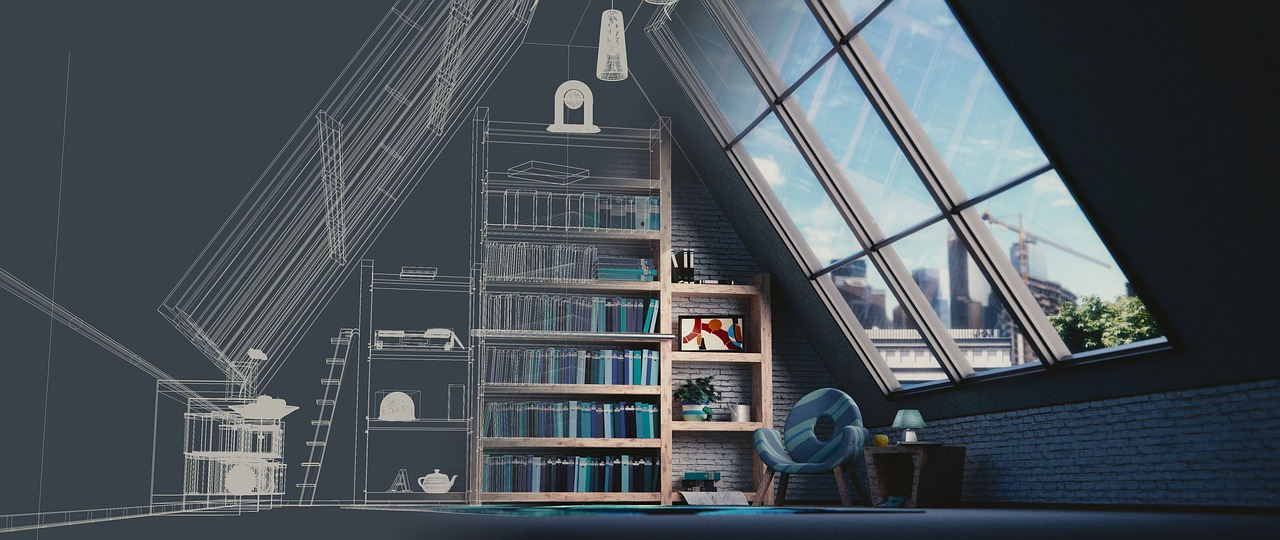
Using augmented reality to nail the initial design
Augmented reality has definitely been around for some time, however the extent to which this technology is able to disrupt an industry such as interior design is only now beginning to surface, as interior designers are increasingly using AI-powered tools to make their work that much more effective and efficient. Most importantly, they’re using augmented reality to make accurate floorplans and choose the right décor elements for every type of space.
Traditionally, interior designers would have to rely on their experience and the measurements they’ve made prior to designing a space in order to choose the furniture and features that fit perfectly into the room – oftentimes failing to create the perfect perspective. Nowadays, though, augmented reality allows interior designers to include the measurements into the design in the planning stages and even give the customers a visual representation of the end product. This is a concept that BIM, for example, takes to a whole new level.
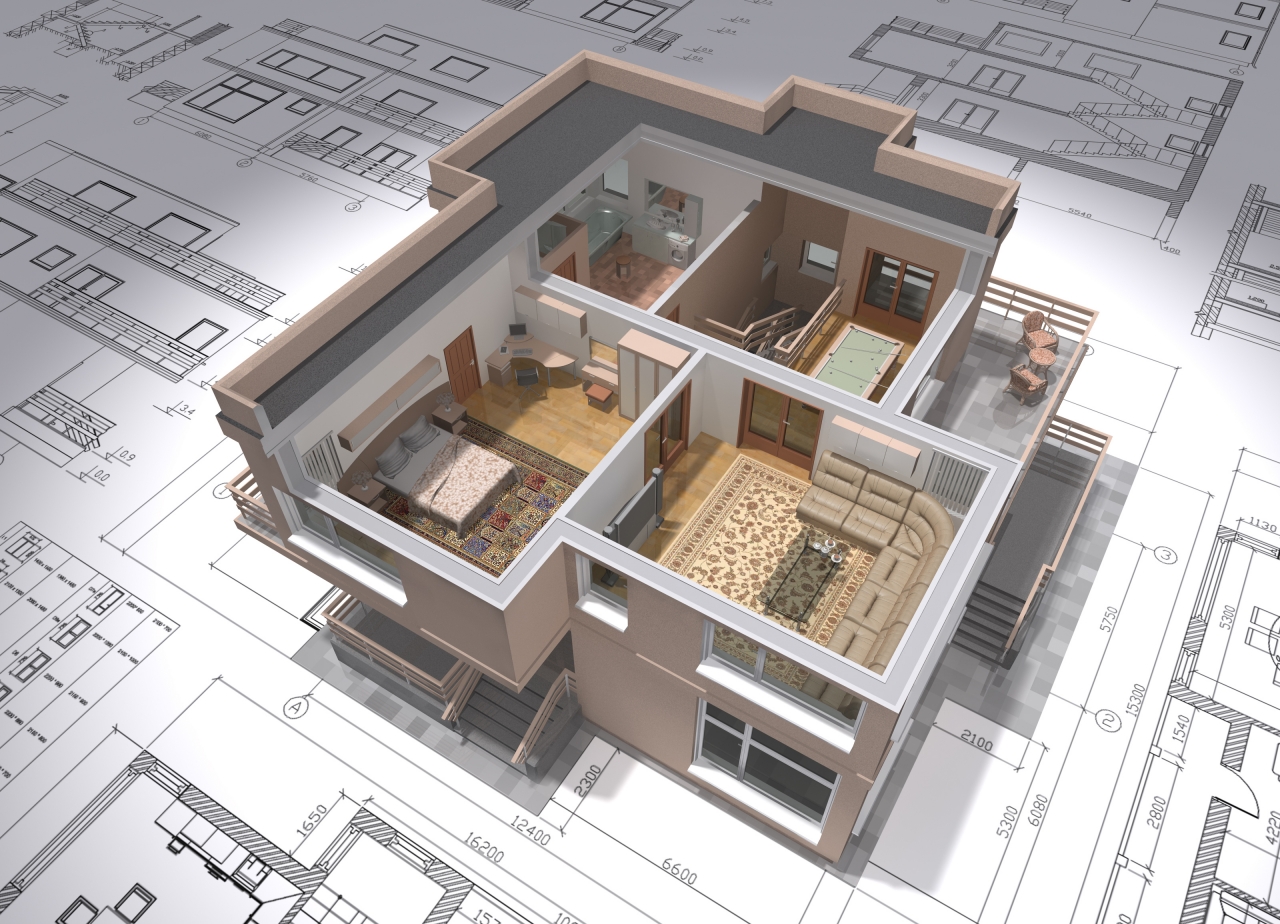
The role of BIM in interior design
Building information modeling (BIM) is revolutionizing not only the interior design sector but construction and other complementary industries across the board as well. The true power and potential of BIM lies in its ability to visualize all of the intricacies and complex features of a structure, and that includes an interior and its design. By creating digital representations of aesthetic and functional characteristics of their interiors, designers can boost productivity, sustainability, conservation and efficiency, and choose the best materials and features for the space.
But that’s not all that BIM is good for, as the intricate technology also emphasizes easy cross-channel and cross-project collaboration for all parties involved in the interior design process, and beyond. Aside from visualizing complete interiors, customers and designers can access BIM libraries to deliver existing models and schematics that can expedite the process and make it that much more affordable.
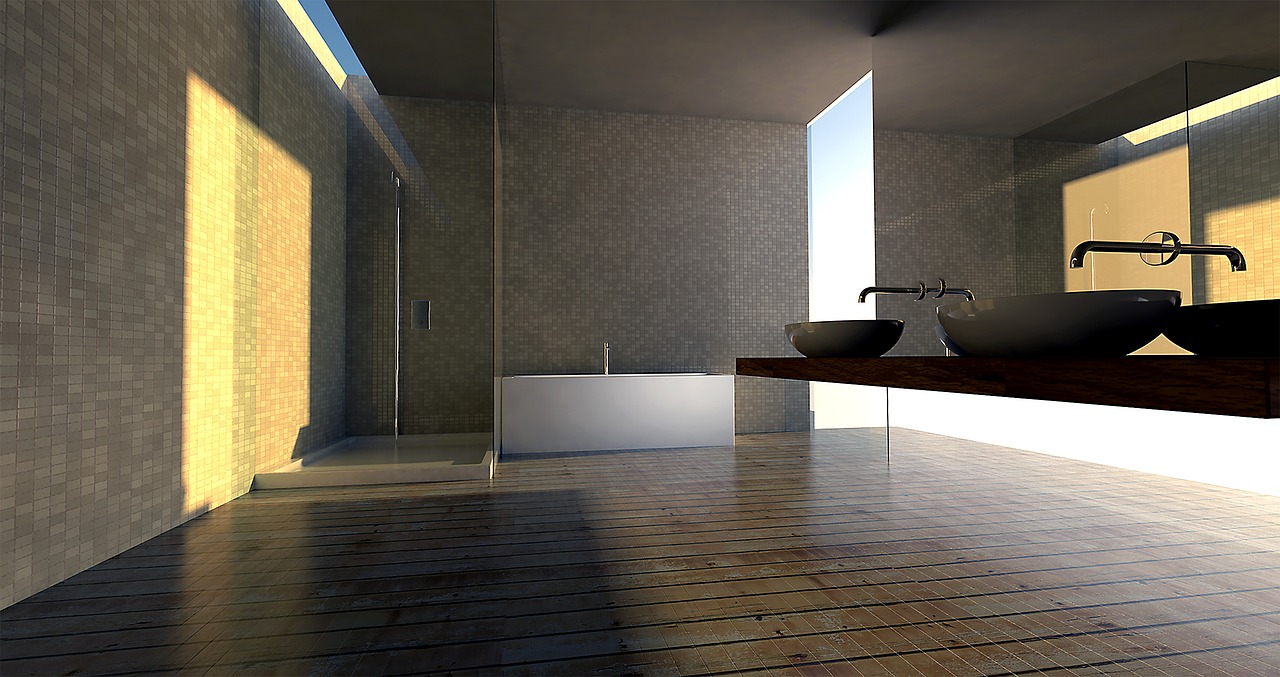
Leveraging sustainable and innovative materials
Another way technology is allowing interior designers to elevate their quality of work is finding and sourcing sustainable materials to decorate every room in an office or household. The materials used to decorate the interior need to be durable, they need to have been produced through sustainable means, and their environmental impact needs to have been minimal. Technology can help homeowners and designers find these materials with ease.
What’s more, with the integration of innovative materials the likes of fiberglass into an acrylic base to create a durable island in the kitchen, or the sourcing of other sustainable materials for a designer bath in the bathroom, designers can fully optimize every feature for maximum eco-friendliness and sustainability, thus ensure better conservation and longevity. Coupled with these functional features, technology can make sourcing aesthetic features that much easier as well.
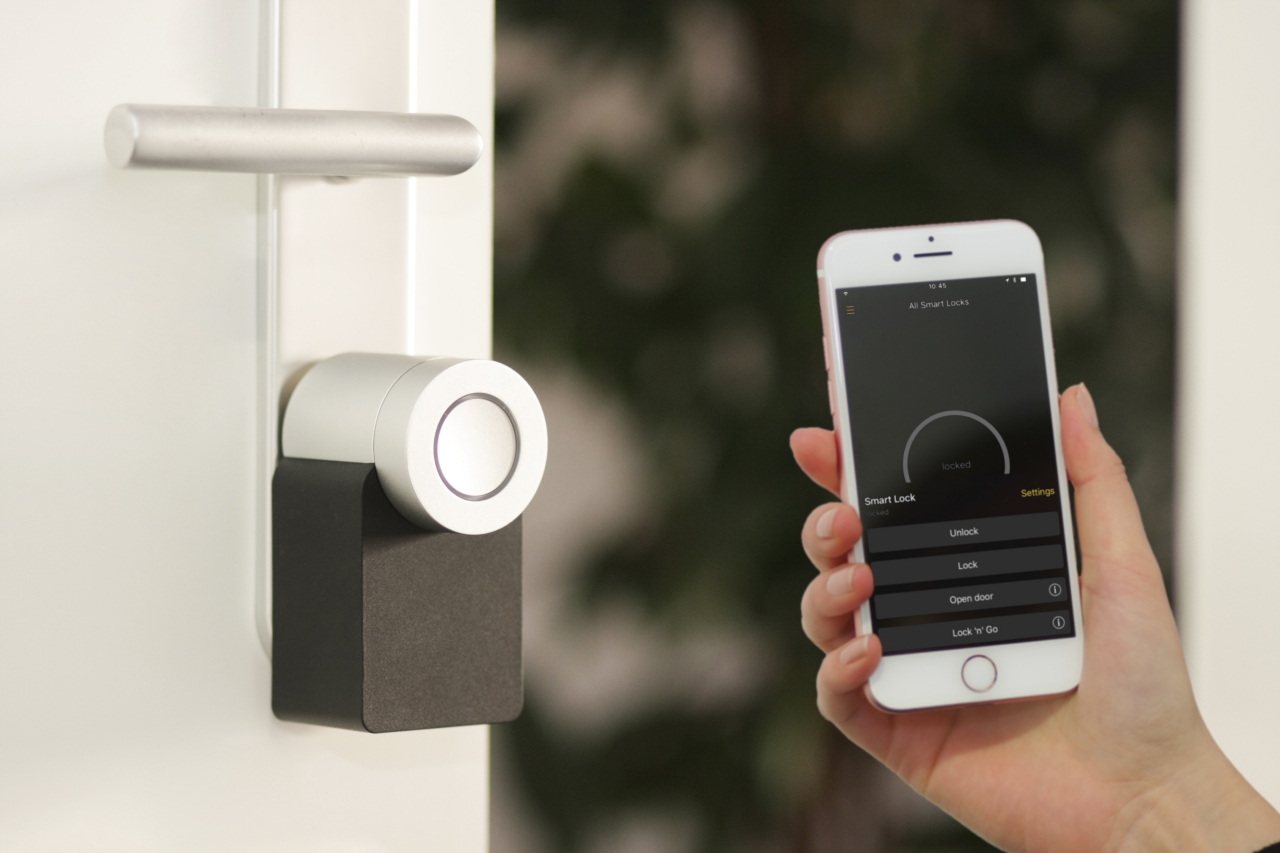
The rise of the smart interior
Designers are nowadays not only emphasizing sustainability, but the full integration of smart technology in order to create an interior that fully assimilates into the modern lifestyle. By implementing smart technology in every room or office space, designers are able to create a fully interconnected interior that allows for the seamless interaction between the user and the space.
Homeowners can scale the lighting with their voice, control the security systems, the temperature in every room individually, and even control every appliance that boasts smart software. Creating a smart home or office is a cumbersome project, one that demands the use of BIM solutions to ensure an efficient and effective design process.
Using 3D printing for unmatched creativity
And finally, remember that we are living in an age of 3D printing – a revolutionary piece of technology set to transform every industry in the world. When it comes to interior design, designers can use 3D printing technology to envision and build innovative décor elements with ease, and put a unique twist to every design scheme. The technology will allow for unmatched creativity in the sector, making professional interior design that much more popular with modern homeowners and business leaders around the world.
In closing
Technology is the way of the future, as there isn’t a single industry in the world that couldn’t benefit from the integration of smart, tech-driven solutions into their processes. With that in mind, interior design is yet another sector that is changing rapidly with the technological revolution.












